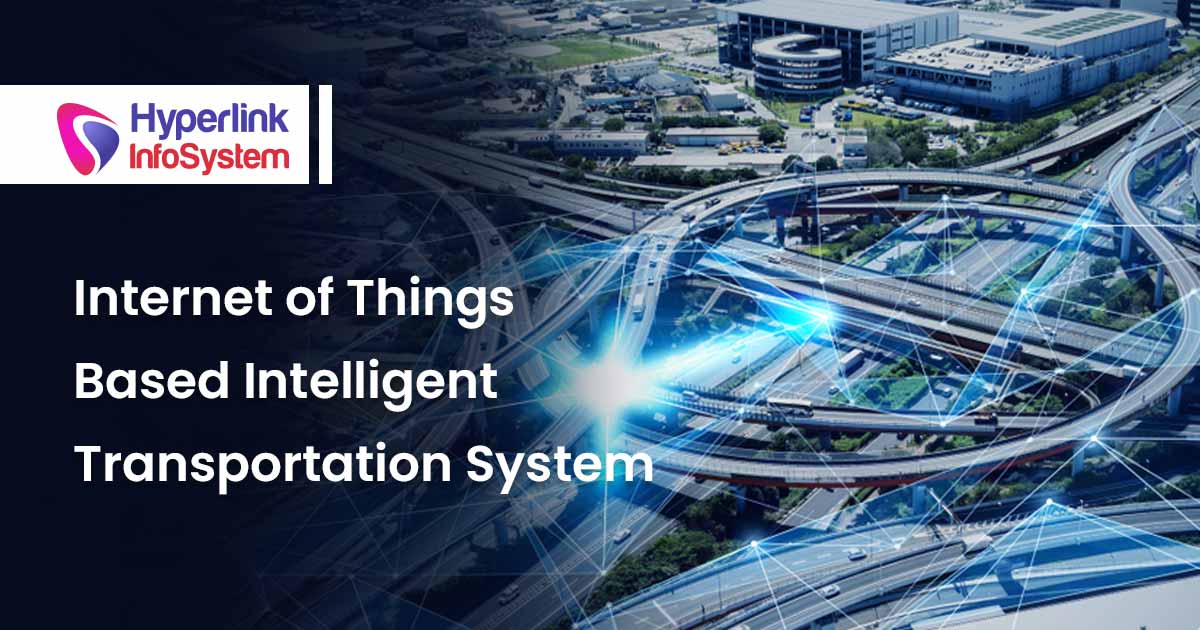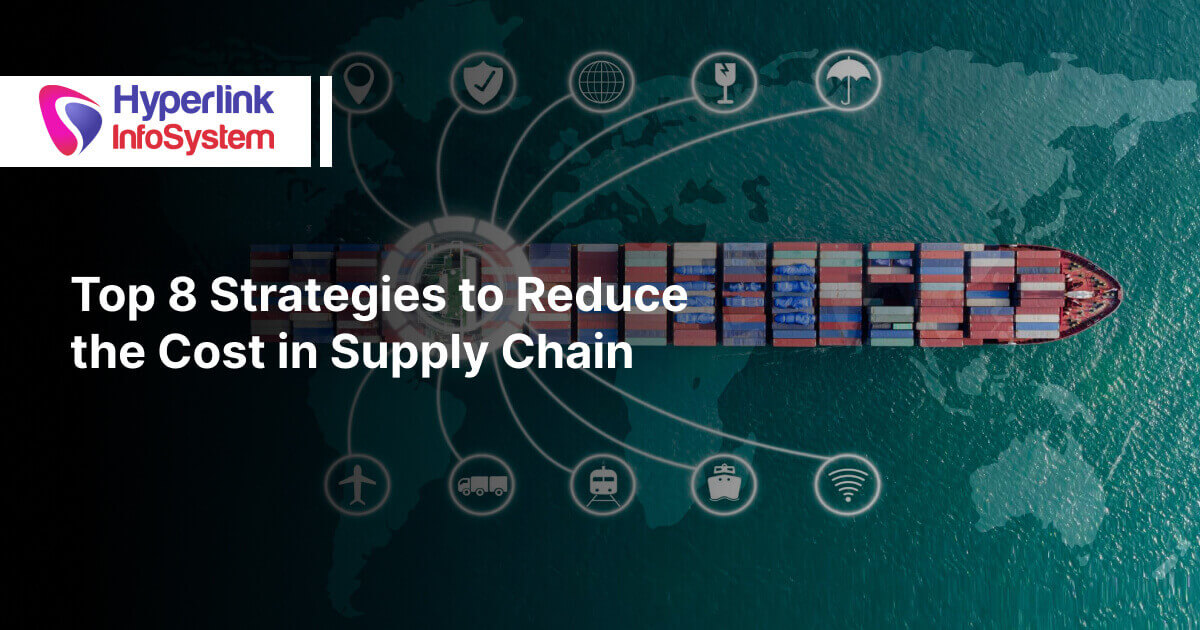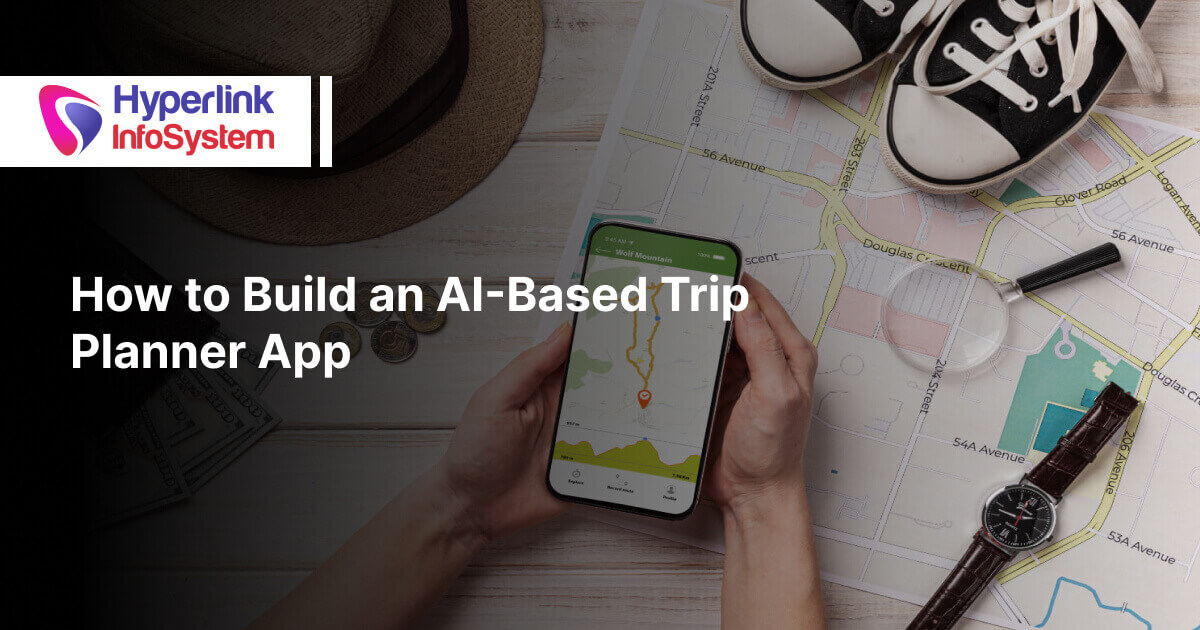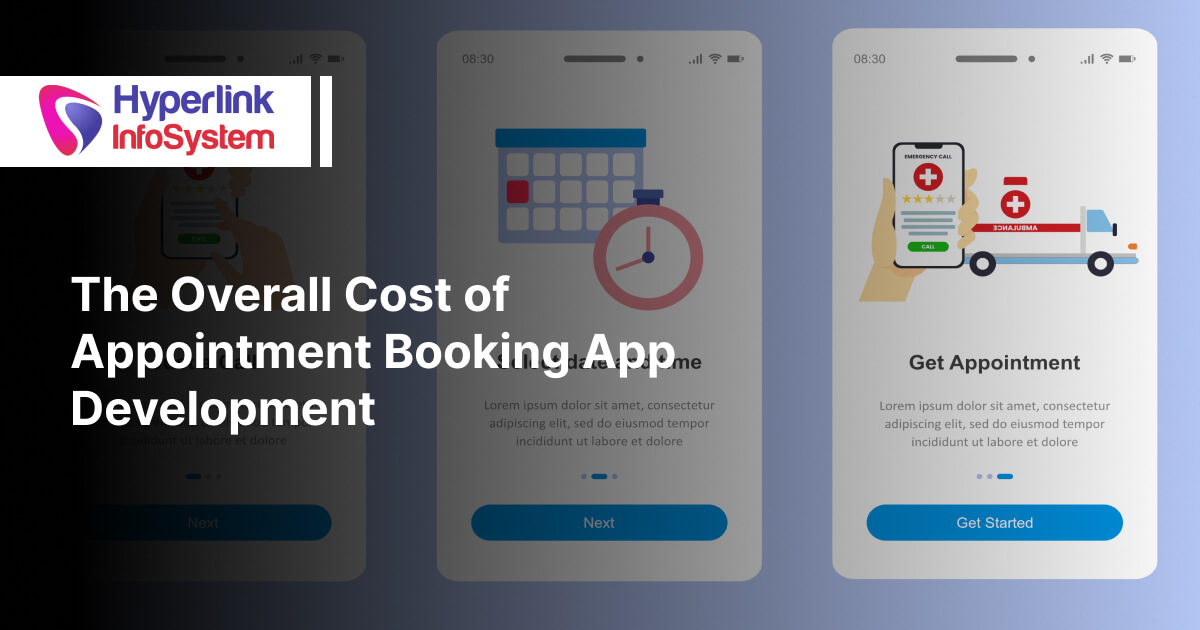If we take a look around us, all we can see are cars, traffic and people complaining about how much they are suffering through this. Rather than talking about the solution, we think about the ways to take a break from it. As we can not escape from reality, we can talk about the ways to enhance our routine life and make it more environmentally friendly.
IoT development is the key to that. Internet of Things (IoT) development is helping various industries to transform and enhance their services to make them smarter than ever. Many industries such as manufacturing, healthcare, agriculture, finance, and so on are taking advantage of IoT development.
Along with every other industry, the transportation industry has also started adopting IoT development trends to enhance its services. Allied Market Research has stated that the global IoT in transportation market size was valued at $83.25 billion in 2020, and is projected to reach $495.57 billion by 2030, registering a CAGR of 19.9% from 2021 to 2030.
Even though we know IoT is transforming the way the transportation industry works, there are so many things that live under the skin that we have not explored to this day. So, we will explore the unexplored areas about how IoT will enhance the Transportation industry.
What Are The Types of IoT Integrated Transportation System Applications?
-
Mobility Intelligent Transportation Systems:
The mobility intelligent transportation system provides the shortest route to reach the destination from the start point. It considers various factors such as time, distance, energy consumption, alternate route availability and others that decide the best possible route for the users.
It also helps to monitor and manage the traffic signals, movements of vehicles, and delays in estimated time that can enhance the transportation system by providing better routes.
-
Safety Intelligent Transportation Systems:
The safety intelligent transportation system provides advice and warnings to the vehicle owner about the dangers and crashes that minimize the chances of accidents and help the drivers avoid the emergency situation or vehicle break down.
You can consider a speed warning on the slippery roadway as an example of a safe and intelligent transportation system.
Also Read | How Much Does It Cost To Develop An NFT Application In Canada?
-
Environment Intelligent Transportation Systems:
The environment intelligent transportation systems help users make accurate trip choices considering the environment. It can help the users to pick the eco-friendly ways of traveling, alternate travel routes, trip reschedule and various other things that can make the trips more eco-friendly.
-
Indoor Intelligent Transportation Systems:
The indoor intelligent transportation system refers to the system located inside the vehicle.
-
Outdoor Intelligent Transportation System:
The outdoor intelligent transportation system refers to the system based on the roads.
I hope this information has given you some of the explanations but must have added some more doubts at the same time as well. It is okay; we are not leaving you hanging. We will move on with another topic that might clear up your doubts. First thing first, which areas of transportation will see the impact of IoT.
Also Read | Google Fit Vs Apple Health: How They Fit In The Digital Health Industry
How IoT Will Enhance The Transportation System?
1) Toll Plaza
As we all know, the number of vehicles has been expanding daily. So, does the number of queues at the toll plaza. So, the introduction of RFID tags has been a major help in reducing the waiting lines, but there are some advanced changes IoT can bring.
One of them can be IoT integrated toll plaza that can detect the car presence through significant distance and automatically deduct the charges from the linked bank account, generating the e-slip that the user can find in the integrated email address.
It will minimize the waiting queues, allowing vehicles to pass through without stopping at the toll plaza.
2) Connected Vehicles
Most of the vehicles support the IoT connection and are already supporting some of the basic driving functionalities. The IoT functionalities send alerts to the drivers about various things such as over-speeding, slippery roads, seatbelt alerts, take-a-break alerts on long journeys and so on.
Along with that, the monitoring system collects the behavior of driver and driving style data for better fleet management.
The vehicles collect data about the distance traveled and fuel consumption. The system also gives data about how much further they can go with existing fuel conditions. Most of the vehicles also adjust the speed of the vehicle based on the vehicle in front of us automatically, all thanks to IoT integration.
3) Traffic Management
The perfect implementation of Internet Of Things (IoT) can do wonders with traffic management. It will enhance the capacity of moving traffic on the street without actually adding any more roads throughout the city. We can transform the entire city into a smart city with the perfect implementation of the IoT.
We can monitor and manage the traffic through installed CCTV cameras, sensors, routers, and cellular technologies that can help us to adjust the controls of the highway exits, expressway bulletin boards, bus lanes, speed limit, traffic signals, and so on through IoT implementation.
Along with that, the Internet Of Things (IOT) implementation can enhance various other applications that can reduce the traffic jam situation.
- Smart Parking
The road sensors of the parking system can send the signal about empty parking spots to the driver with the navigation with real-time data.
- Smart Traffic Signals
The road sensors can detect the movement of traffic on the road and manage the signals on their own. It can also send alerts about unusual traffic to the drivers with the alternative route option. The light signals can enhance themselves based on weather conditions and day or night mode.
- Smart Ambulance
The road sensors and video cameras can show the fastest route with low traffic to the ambulance drivers. It can also show the list of the nearest hospital and its availability on the dashboard allowing the drivers to react to an emergency situation quickly.
It can also send alerts to the nearby vehicles to clear up the road for the ambulance and manage the traffic signals accordingly.
Also Read | Must-have Features of Online Pharmacy Mobile Application
Conclusion
These are just some of the transportation applications that we have covered. There are various other transportation applications that we can enhance with the usage of IoT. You can reach out to the software development companies that can help you enhance the transportation system.
 +1 309 791 4105
+1 309 791 4105




















































 +91 8000 161161
+91 8000 161161
